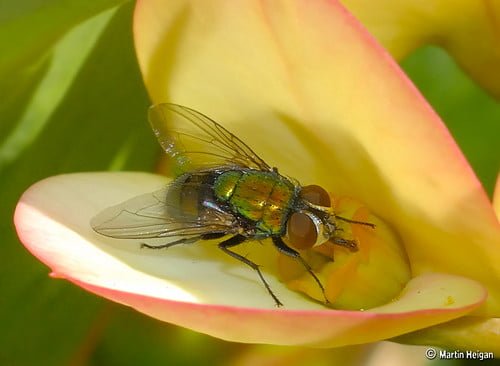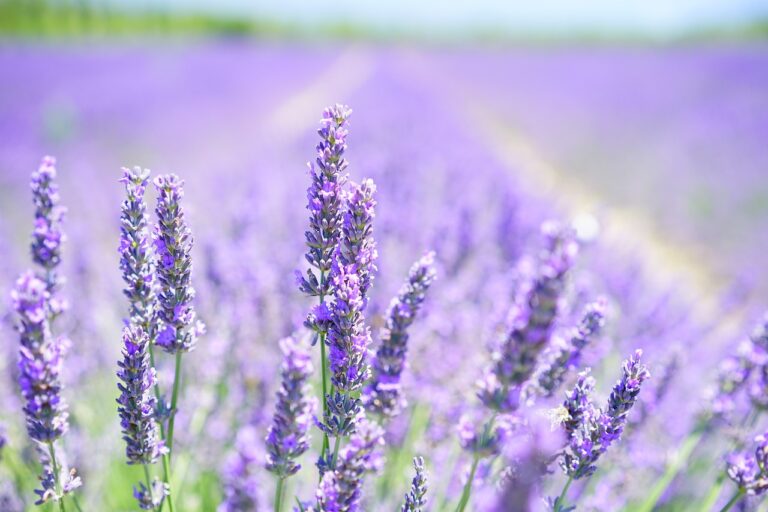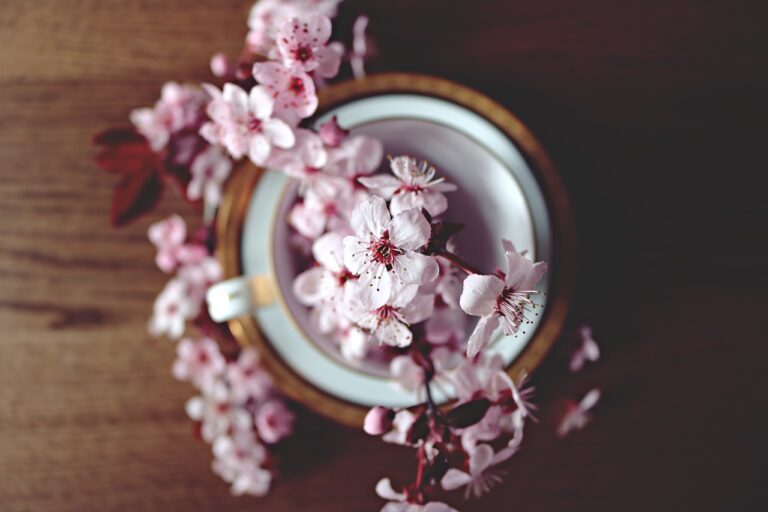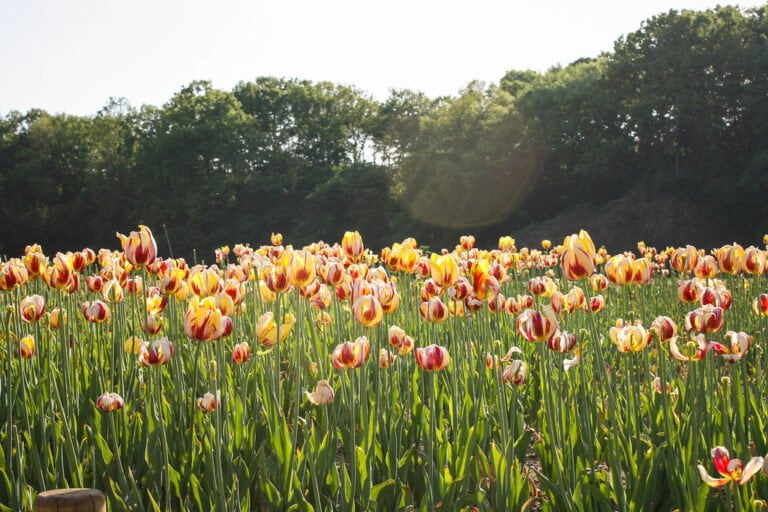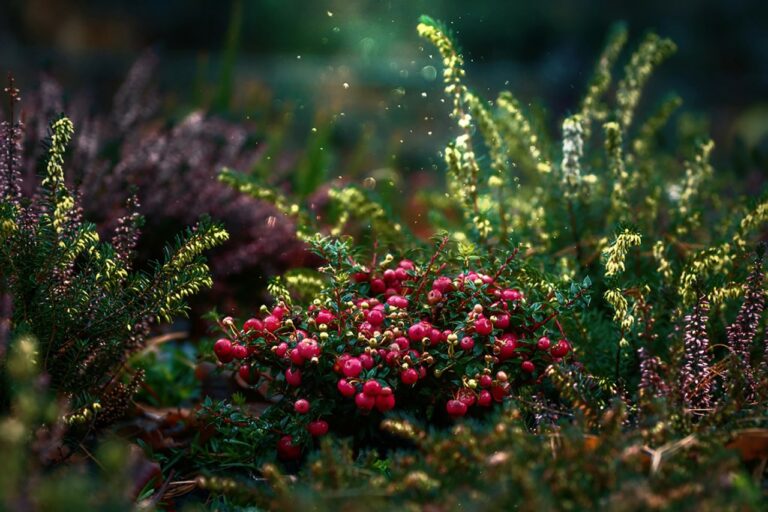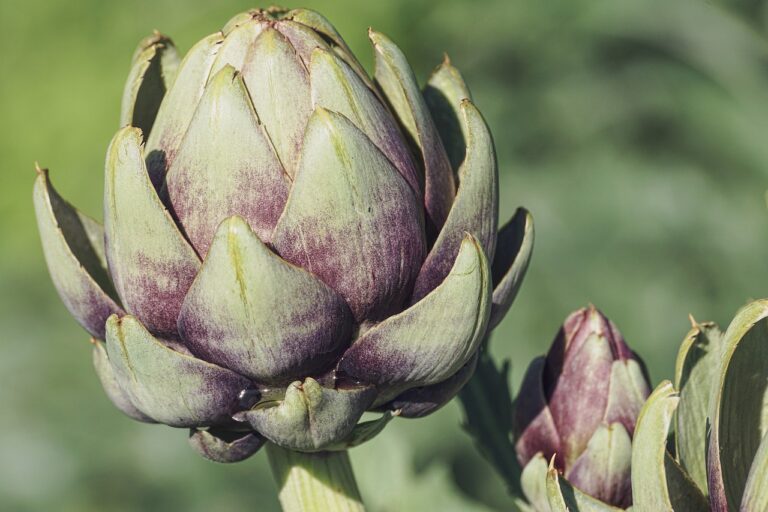Exploring Different Types of Flowers That Resemble Roses
I adore exploring flowers resembling roses like peonies, lisianthus, ranunculus, carnations, camellias, and coneflowers. Peonies, with vibrant hues symbolizing various emotions, have a romantic appeal. Lisianthus, native to Central North America, symbolize gratitude with their intricate petals. Ranunculus, with multi-petaled blooms, resemble roses strikingly in unique colors. Carnations, scientifically known as Dianthus caryophyllus, are popular for their enduring vase life and symbolic meanings. Camellias, with distinctive waxy blooms, lack thorns and remain lush year-round. Coneflowers, with layered petals, attract pollinators and add a touch of traditional rose-like beauty in gardens. Curious about these floral wonders?
Peonies
Peonies, members of the Paeonia genus, are exquisite flowering plants known for their vibrant hues of red, pink, white, and yellow. These stunning blooms fascinate with their long-lasting petals that emit a sweet fragrance, making them a favorite in gardens and floral arrangements. The lush petals of peonies have a romantic appeal, often compared to the beauty of roses.
Peonies, with their diverse colors, can symbolize various emotions. The red peony signifies love and passion, while the pink peony represents compassion and femininity. White peonies symbolize purity and new beginnings, making them popular in weddings, while yellow peonies convey joy and prosperity. These meanings, coupled with their stunning appearance, have made peonies a sought-after choice for special occasions and heartfelt gestures.
In addition to their aesthetic qualities, peonies have practical benefits. Their sturdy nature and ability to flourish in various climates contribute to their popularity among gardeners. The resilience of peonies ensures that they can be enjoyed for years to come, bringing joy and beauty to any landscape. Overall, the allure of peonies lies in their combination of visual splendor, fragrant blooms, and deep symbolism, making them a beloved flower in the botanical world.
Lisianthus
Native to Central North America, Lisianthus, scientifically known as Eustoma russellianum, is a herbaceous perennial often grown as an annual due to its delicate beauty and vibrant cup-shaped double flowers in shades of white, pink, lavender, and purple. Lisianthus, with its striking resemblance to roses, is a popular choice for floral arrangements and bouquets. These flowers symbolize gratitude, making them a meaningful gift for various occasions.
Lisianthus plants typically range from 1 to 3 feet in height and 6 to 12 inches in width, producing an abundance of blooms. The cup-shaped double flowers of Lisianthus come in a variety of colors, adding elegance and charm to any floral display. These blooms are long-lasting, allowing for extended enjoyment of their beauty.
Known for their intricate petals and soft hues, Lisianthus flowers are cherished for their resemblance to roses while maintaining their unique characteristics. The herbaceous perennial nature of Lisianthus ensures that it can be enjoyed year after year, either outdoors in suitable climates or indoors as a delightful houseplant. Choosing Lisianthus for floral arrangements brings a touch of sophistication and grace to any setting, making it a versatile and beloved choice for flower enthusiasts.
Ranunculus
Belonging to the buttercup family, Ranunculus are multi-petaled blooms that closely resemble roses, particularly varieties like Ranunculus asiaticus. These vibrant flowers are a sight to behold, known for their double-layered petals that give them a full and lush appearance. The wide array of colors in which Ranunculus bloom adds a vibrant touch to any garden or floral arrangement. From soft pastels to deep, rich hues, these beautiful flowers offer a spectrum of colors to choose from, making them a versatile choice for various settings.
Ranunculus are often favored for their striking resemblance to roses while offering a unique twist with their buttercup lineage. Their intricate layers of petals create a mesmerizing effect, attracting attention and admiration. Unlike traditional roses, Ranunculus boast a fuller appearance due to their densely packed petals, making them an exquisite alternative for those seeking a different kind of beauty in their floral displays.
In addition to their aesthetic appeal, Ranunculus are cherished for their long-lasting blooms, ensuring that your garden or bouquet remains vibrant for an extended period. Whether used as a standalone flower or combined with other blooms, Ranunculus never fail to enchant with their beauty and charm.
Carnations
Carnations, scientifically referred to as Dianthus caryophyllus, showcase a wide range of colors spanning from traditional white and pink to vivid red and purple shades. These blooms hold different symbolic meanings, frequently linked with affection, appreciation, and even excellence in various cultural settings. The complex layers of petals in carnations, combined with their enduring vase life, make them a delightful option for expressing heartfelt emotions and sentiments.
Carnation Colors
Among the extensive selection of colors available for carnations, the shades of crimson, blush, ivory, and golden stand out as significant symbols of love, affection, purity, and joy. Carnations, with their frilly-like petals, have a distinct appearance that sets them apart. These flowers are popular due to their long-lasting nature, making them a preferred choice for arrangements. Carnations are versatile and can be incorporated into various floral designs and bouquets to add a touch of sophistication and allure. Their wide range of colors allows for imaginative combinations, making them a fundamental element in the realm of floristry. Each hue of carnation carries its own significance, adding depth and sentiment to floral displays.
Carnation Symbolism
In the language of flowers, carnations speak volumes through their symbolism of love and gratitude, offering a poignant alternative to the traditional rose.
- Carnations symbolize love and gratitude, making them a meaningful alternative to traditional roses.
- These versatile flowers have sturdy stems and frilly-like petals, adding a touch of elegance to any arrangement.
- Carnations are native to Italy, Spain, Greece, and Croatia, with a plant size ranging from 12-18 inches in height.
- They come in a variety of colors, allowing for customization based on the message you want to convey.
- Carnations are popular in mixed flower arrangements and are known for their long-lasting blooms.
Camellias
With their distinctive waxy flowers and glossy evergreen foliage, camellias, belonging to the genus Camellia, stand out as versatile ornamental plants in gardens and floral arrangements. These elegant plants boast cup-shaped blooms in vibrant hues, ranging from white to pink and red, adding a touch of sophistication to any landscape. Camellias are prized for their lack of thorns, making them a safe and easy-to-handle option compared to traditional roses.
One of the remarkable features of camellias is their glossy foliage, which remains lush and green throughout the year, providing a beautiful backdrop for the striking flowers. Their versatility allows them to thrive in various climates and soil conditions, making them a popular choice for creating elegant gardens. Whether used as a focal point in a garden bed or as cut flowers in a bouquet, camellias never fail to impress with their charm and grace.
The range of colors available in camellias offers endless possibilities for designing picturesque landscapes or stunning floral displays. These ornamental plants are not only visually appealing but also symbolize love, admiration, and gratitude, making them a meaningful choice for different occasions. Embracing the beauty and adaptability of camellias can truly enhance the aesthetics of any setting.
Coneflowers
Coneflowers, also known as Echinacea, showcase vibrant blooms with raised central cones, distinguishing them as herbaceous perennial plants admired for their unique floral structure. These striking flowers exhibit daisy-like petals and a raised cone-shaped center, creating a mesmerizing display reminiscent of a miniature rose.
- Coneflowers come in a variety of colors such as purple, pink, white, and orange, offering a diverse range of options to add vibrancy to gardens and floral arrangements.
- Some coneflower varieties display a rose-like appearance due to their layered petals and compact, round shape, further enhancing their resemblance to traditional roses.
- Thriving in well-drained soil, coneflowers prefer locations with full to partial sun exposure, ensuring ideal growth conditions for these stunning perennials.
- The intricate design of coneflowers not only attracts pollinators like bees and butterflies but also adds an aesthetically pleasing element to any garden landscape.
- With their hardy nature and beautiful blooms, coneflowers make a wonderful addition to any garden, offering a long-lasting burst of color and charm throughout the growing season.

